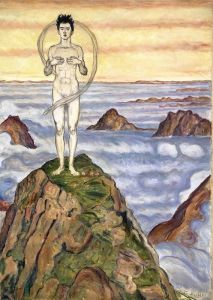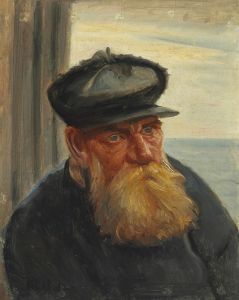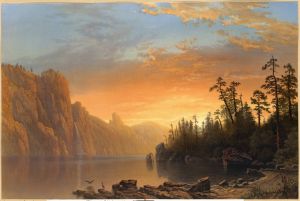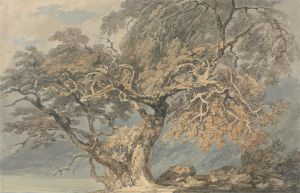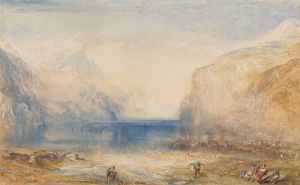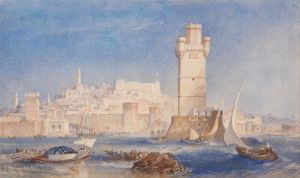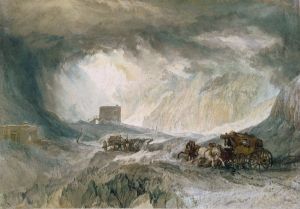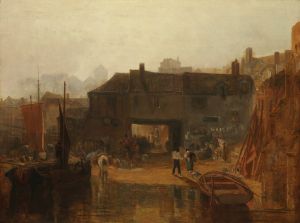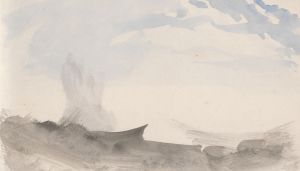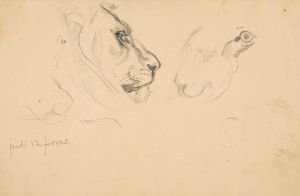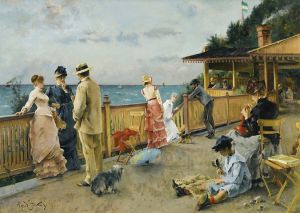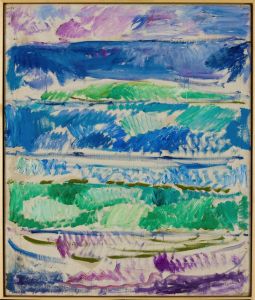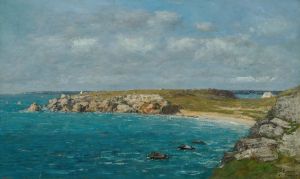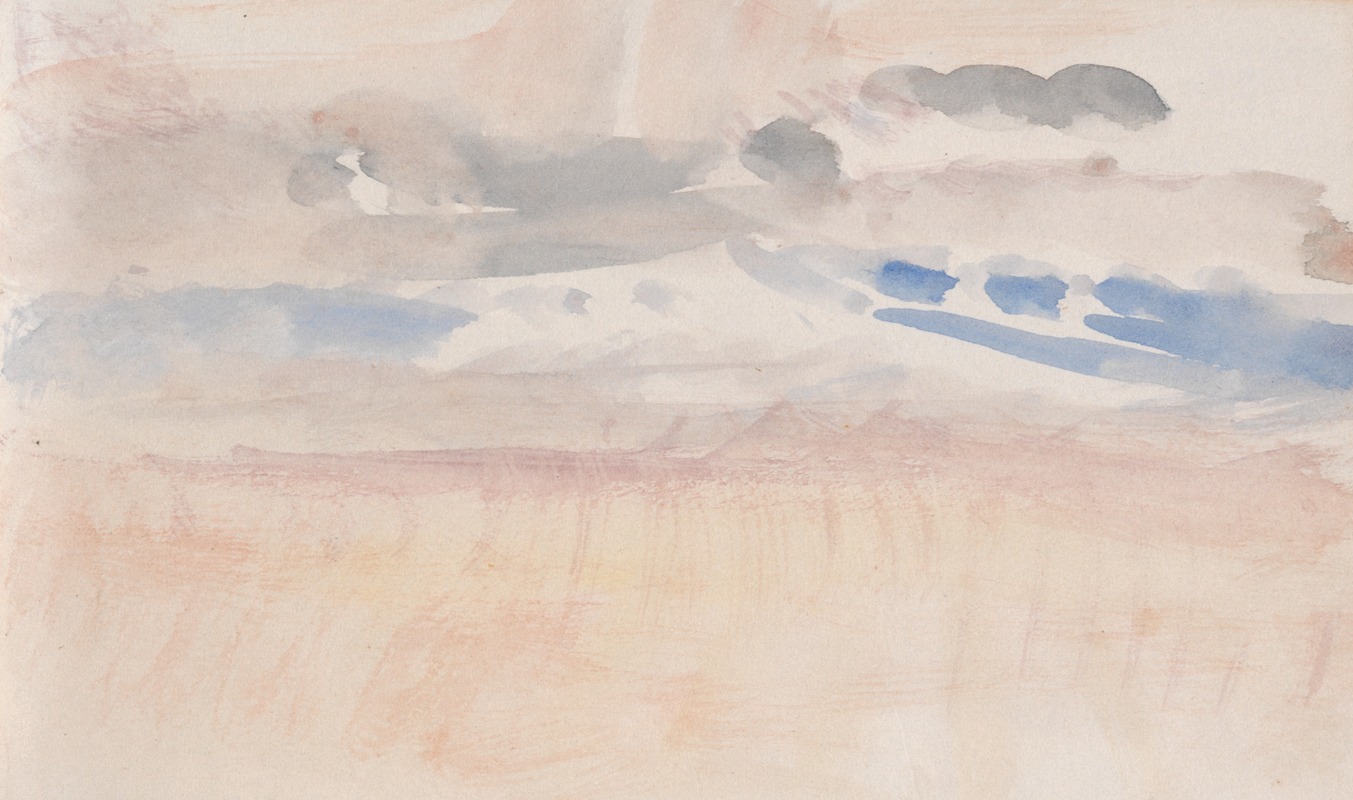
The Channel Sketchbook 18
A hand-painted replica of Joseph Mallord William Turner’s masterpiece The Channel Sketchbook 18, meticulously crafted by professional artists to capture the true essence of the original. Each piece is created with museum-quality canvas and rare mineral pigments, carefully painted by experienced artists with delicate brushstrokes and rich, layered colors to perfectly recreate the texture of the original artwork. Unlike machine-printed reproductions, this hand-painted version brings the painting to life, infused with the artist’s emotions and skill in every stroke. Whether for personal collection or home decoration, it instantly elevates the artistic atmosphere of any space.
Joseph Mallord William Turner, one of the most renowned British artists of the 19th century, is celebrated for his expressive colorization, imaginative landscapes, and turbulent marine paintings. Among his extensive body of work is "The Channel Sketchbook 18," which is part of a series of sketchbooks that Turner used throughout his career to capture scenes and ideas for his larger works.
Turner was known for his extensive travels, particularly around the British Isles and Europe, where he drew inspiration from the natural landscapes and seascapes he encountered. The Channel Sketchbooks, including "The Channel Sketchbook 18," are believed to have been created during his travels along the English Channel. These sketchbooks contain numerous studies and sketches that reflect Turner's keen observation of the sea, sky, and coastal environments.
"The Channel Sketchbook 18" is part of the Turner Bequest, a vast collection of the artist's works that were left to the British nation upon his death in 1851. This particular sketchbook, like many others in the bequest, is housed at Tate Britain, which holds the largest collection of Turner's works. The sketchbook provides valuable insight into Turner's artistic process, showcasing his ability to capture the essence of a scene with swift, yet precise, pencil strokes and washes.
Turner's sketchbooks were not merely preliminary studies; they were integral to his creative process. They allowed him to experiment with composition, light, and atmosphere, elements that would later be refined in his finished paintings. The sketches in "The Channel Sketchbook 18" are characterized by their spontaneity and fluidity, capturing the dynamic and ever-changing nature of the sea and sky.
The sketches within this particular sketchbook reveal Turner's fascination with the interplay of light and water, a theme that is prevalent throughout his oeuvre. His ability to convey the movement and mood of the sea with minimal lines and shading is a testament to his skill as a draftsman. These sketches often served as the foundation for his larger oil paintings and watercolors, where he would further explore the themes and compositions initially captured in his sketchbooks.
Turner's work, including "The Channel Sketchbook 18," played a significant role in the development of landscape painting and influenced subsequent generations of artists. His innovative use of color and light paved the way for the Impressionists and other modern art movements. Today, Turner's sketchbooks are not only appreciated for their artistic merit but also for their historical significance, offering a glimpse into the mind of one of Britain's greatest artists.
In summary, "The Channel Sketchbook 18" by J.M.W. Turner is a testament to the artist's mastery of capturing the natural world with immediacy and sensitivity. It reflects his deep connection to the landscapes and seascapes that inspired much of his work and continues to be a valuable resource for understanding his artistic legacy.





